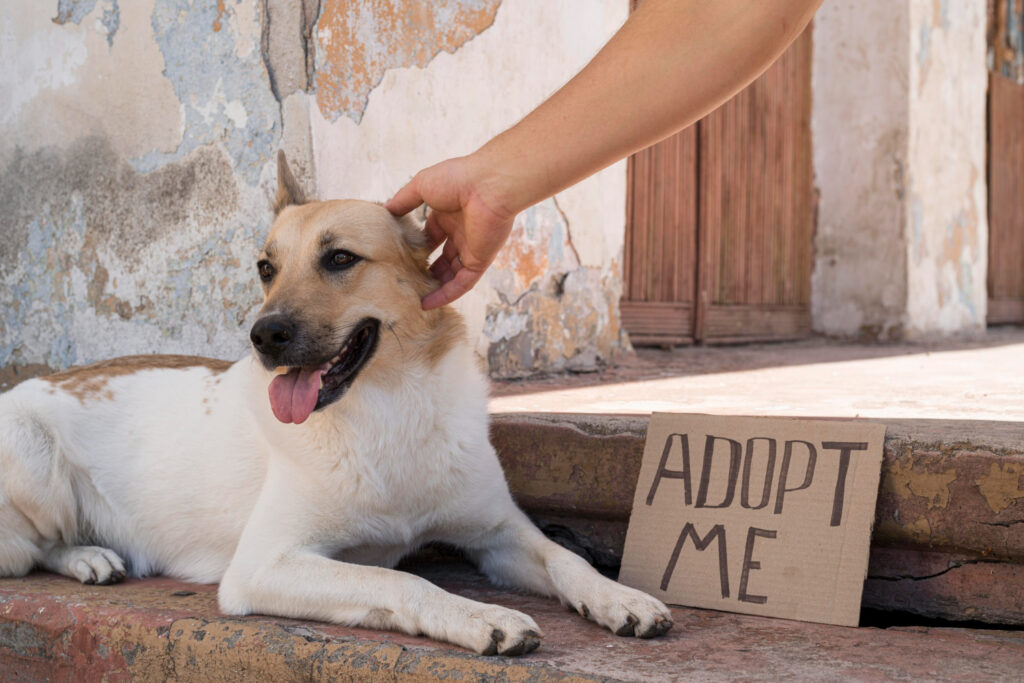Discovering the right approach to treat dog bites is essential for every dog owner. Knowing how to handle the situation safely and effectively can make all the difference in your furry friend’s recovery, whether it’s a playful nip or a more serious incident. This comprehensive guide will unlock the healing potential and show you the proper steps to take when your dog bites.
From understanding the severity of the bite to providing immediate first aid, we’ll cover it all. We’ll dive into the signs of infection to watch out for and explain when seeking medical attention is necessary. Additionally, we’ll explore the importance of proper wound care and discuss effective methods to prevent future incidents.
With our step-by-step instructions and expert tips, you’ll gain a deeper understanding of how to treat dog bites and ensure the well-being of your beloved pet. Don’t let a dog bite become a source of fear or uncertainty—empower yourself with the knowledge and tools to handle these situations with confidence and care.
Understanding dog bites: causes and risks
Dog bites can occur for various reasons, including fear, aggression, or protectiveness. Understanding the causes and risks associated with dog bites is important to address them effectively. One common cause is poor socialization and training, which can result in fear or anxiety in dogs and increase the likelihood of biting. Another cause is provocation, such as teasing or mishandling a dog.
Regarding risks, dog bites can lead to various complications, ranging from minor injuries to severe infections. In some cases, dog bites can also cause psychological trauma, especially in children. Understanding these risks will help you take the necessary precautions to prevent dog bites and ensure your pet’s and others’ safety.
Immediate steps to take after a dog bite
If your dog bites someone, taking immediate action is crucial to minimize the risk of infection and provide necessary care. The first step is to remove the victim from further harm by separating them from the dog. Once the victim is safe, you should assess the severity of the bite and determine if medical attention is required.
Cleaning the wound with mild soap and warm water is the next step. This helps remove bacteria and reduce the risk of infection. Applying an antiseptic solution and covering the wound with a clean bandage can further prevent contamination. It’s important to monitor the wound for any signs of infection, such as redness, swelling, or discharge, and seek medical attention if necessary.
Assessing the severity of a dog bite
Assessing the severity of a dog bite is crucial in determining the appropriate course of action. Superficial bites that only break the skin without causing significant damage are considered minor and can often be treated at home. However, deep puncture wounds, severe bleeding, or bites on sensitive areas like the face or hands may require immediate medical attention.
Furthermore, it’s important to consider the size and breed of the dog that inflicted the bite. Larger breeds with stronger jaws may cause more damage, even with a minor bite. Additionally, the location of the bite on the victim’s body can also affect the severity. Understanding these factors will help you decide on the appropriate treatment approach.
Treating minor dog bites at home
Minor dog bites can often be treated at home with careful attention and proper wound care. First, clean the wound thoroughly with mild soap and running water. This helps remove any dirt or bacteria that may have entered the wound. After cleaning, applying an antiseptic solution and covering the wound with a sterile bandage can help minimize the risk of infection.
It’s important to monitor the wound for signs of infection, such as increasing redness, swelling, pain, or discharge. If these symptoms occur, it may be necessary to seek medical attention. Pain relievers and over-the-counter antibiotic ointments can alleviate discomfort and promote healing. However, it’s crucial to consult a healthcare professional before using any medication.
Seeking medical attention for moderate to severe dog bites
Moderate to severe dog bites require prompt medical attention to prevent complications and ensure proper treatment. If the bite is deep, bleeding heavily, or located on the face, hands, or genitals, it’s important to seek immediate medical care. Additionally, a healthcare professional should also evaluate bites that show signs of infection or have not healed within a few days.
Medical treatment for moderate to severe dog bites may involve:
- Cleaning the wound.
- Administering tetanus shots or antibiotics.
- Potentially stitching the wound, if necessary.
Surgery may sometimes be required to repair any damage to underlying tissues or structures. Seeking medical attention promptly is crucial to minimize the risk of infection, promote healing, and prevent long-term complications.
Common complications of dog bites and how to prevent them
Dog bites can lead to various complications, both physical and psychological. Infections like cellulitis or septicemia are common risks associated with dog bites. These can be prevented by promptly cleaning the wound, applying antiseptic solutions, and seeking medical attention.
Psychological complications, such as post-traumatic stress disorder (PTSD), can also occur, especially in children who have been bitten. Providing psychological support, such as therapy or counseling, can help victims cope with the emotional aftermath of a dog bite. Proper education on dog behavior and responsible pet ownership can also significantly prevent future incidents.
The role of antibiotics in treating dog bites
In some cases, healthcare professionals may prescribe antibiotics to prevent or treat infections associated with dog bites. Antibiotics are typically recommended for deep or puncture wounds, bites on the hands, feet, or joints, and bites that show signs of infection. It’s important to follow the prescribed dosage and complete the course of antibiotics to ensure effective treatment.
However, it’s crucial to note that antibiotics should not be used indiscriminately for all dog bites. Overusing or misusing antibiotics can lead to antibiotic resistance, making future infections more difficult to treat. It’s important to consult a healthcare professional to determine the appropriate use of antibiotics based on the severity and risk of infection.
Proper wound care and dressing for dog bite injuries
Good wound care is essential for promoting healing and preventing infections in dog bite injuries. After cleaning the wound with mild soap and water, applying an antiseptic solution, and covering it with a sterile bandage, it’s important to regularly change the dressing to keep the wound clean and dry.
Avoid tight or constricting bandages that impede blood circulation, and ensure the dressing is secure but not too close. It’s important to monitor the wound for signs of infection or delayed healing, such as increasing pain, redness, swelling, or discharge. If any of these symptoms occur, seeking medical attention is necessary for further evaluation and treatment.
Rehabilitation and psychological support for dog bite victims
Dog bites can have a lasting impact on the victims, both physically and psychologically. Rehabilitation and psychological support play a crucial role in helping victims recover and cope with the aftermath of a dog bite. Physical rehabilitation may be necessary to regain strength, mobility, or functionality in the affected area.
Psychological support, such as therapy or counseling, can help victims overcome any fear, anxiety, or trauma associated with the dog bite. Providing a safe and supportive environment for victims to express their emotions and seek the necessary assistance is important. By addressing both the physical and psychological aspects, victims can regain confidence and move forward in their healing journey.
Preventing future dog bites: tips for dog owners and the general public
Preventing future dog bites requires a collective effort from dog owners and the general public. Dog owners should prioritize proper socialization and training for their pets from a young age. This helps dogs develop good behavior and reduces the risk of aggressive or fearful responses. Spaying or neutering dogs also play a role in reducing aggression.
For the general public, educating adults and children on how to approach and interact with dogs safely is important. Avoiding aggressive or confrontational behavior towards dogs, especially unfamiliar ones, can help prevent potential dog bites. Additionally, reporting stray or aggressive dogs to local authorities can improve community safety.
By working together, we can create a safer environment for both dogs and humans, reducing the incidence of dog bites and promoting responsible pet ownership.
In conclusion, understanding how to treat dog bites safely and effectively is essential for every dog owner. By following the proper steps outlined in this comprehensive guide, you can ensure the well-being of your beloved pet and minimize the risk of complications. Remember, immediate first aid, proper wound care, and seeking medical attention when necessary are key factors in promoting healing and preventing infections. Additionally, preventing future dog bites through responsible pet ownership and public education can contribute to a safer community. Empower yourself with the knowledge and tools to handle dog bites with confidence and care, unlocking the healing potential for both your furry friend and those around you.




